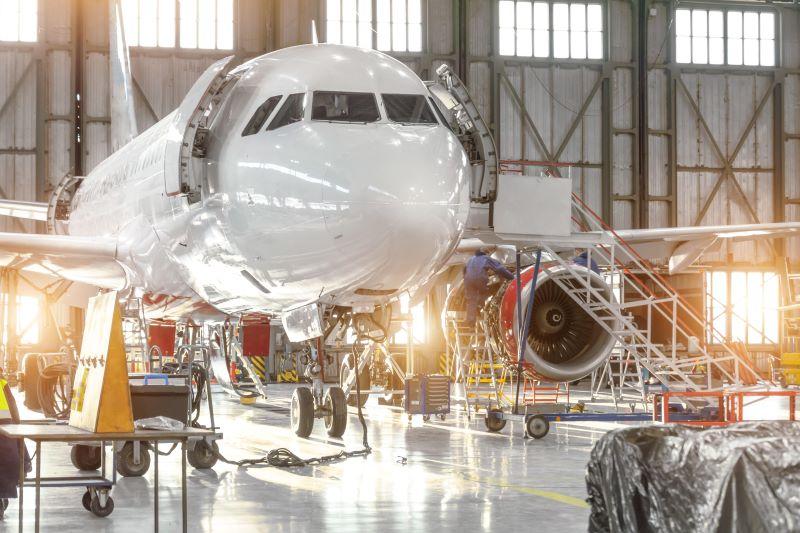
Credit: Alamy Stock Photo
2024 is the first “normal” year for commercial aviation since before the coronavirus pandemic struck, yet the fruits of the buoyant recovery—which has seen North American air traffic slightly surpass 2019 levels—are not being shared equally just yet. Both airlines and original equipment...
Subscription Required
Daily Memo: Airlines, OEMs’ Travails Are The Aftermarket’s Gain is published in Aviation Daily, an Aviation Week Intelligence Network (AWIN) Market Briefing and is included with your AWIN membership.
Already a member of AWIN or subscribe to Aviation Daily through your company? Login with your existing email and password
Not a member? Learn how to access the market intelligence and data you need to stay abreast of what's happening in the air transport community.





